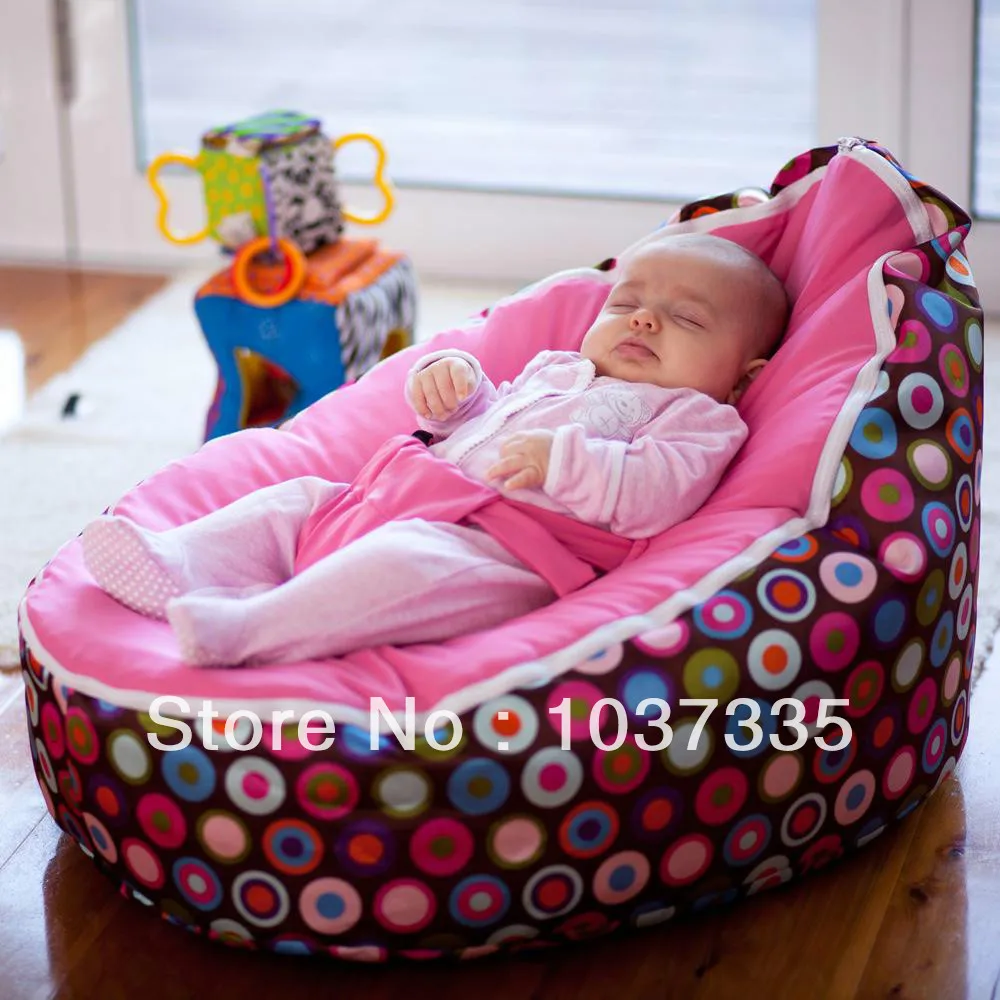Using and Maintaining an Infant Bean Bag Chair

These bean bag chairs are designed for infants, but like any baby product, it’s important to use them safely and maintain them properly. This guide will help you understand how to position your little one securely and keep the chair clean and in tip-top shape.
Positioning an Infant Safely in a Bean Bag Chair, Infant bean bag chair
Always supervise your infant while they’re in the bean bag chair. It’s crucial to ensure they’re positioned correctly and not at risk of rolling or falling.
- Check the weight limit of the chair and make sure your infant doesn’t exceed it.
- Place the chair on a flat, stable surface, away from any hazards like stairs or sharp objects.
- Position your infant in the center of the chair, ensuring they’re sitting upright with their back supported. Their head should be slightly tilted back to prevent them from slumping forward.
- If your infant is unable to sit up independently, you can use a supportive pillow or rolled-up towel to help them maintain a comfortable upright position.
- Never leave your infant unattended in the bean bag chair, as they could roll over or fall.
Cleaning and Maintaining an Infant Bean Bag Chair
Keeping your infant’s bean bag chair clean is essential for maintaining hygiene and preventing the spread of germs.
- Regularly wipe down the exterior of the chair with a damp cloth and mild detergent. Avoid using harsh chemicals or abrasive cleaners.
- For stains, try a gentle stain remover or a mixture of baking soda and water. Apply the solution to the stain, let it sit for a few minutes, then wipe it clean.
- If the cover is removable, machine wash it according to the manufacturer’s instructions. Use a mild detergent and a gentle cycle. Avoid using bleach or fabric softeners.
- Air dry the cover completely before putting it back on the chair.
Safety Concerns Associated with Infant Bean Bag Chairs
While bean bag chairs can be a fun and comfortable seating option for infants, there are some potential safety concerns to be aware of.
- Suffocation Risk: Infants can be at risk of suffocation if they’re not positioned correctly in the chair or if the chair is not properly maintained. Ensure the chair is free of any loose filling that could block your infant’s airway.
- Overheating: Bean bag chairs can trap heat, which could pose a risk of overheating for infants. Make sure the room is well-ventilated and that your infant is not wearing excessive clothing.
- Falling: Infants can roll or fall out of bean bag chairs if they’re not properly supervised. Always keep an eye on your infant while they’re in the chair and make sure they’re not reaching for anything that could cause them to lose their balance.
Infant bean bag chairs offer a comfortable and supportive seating option for young children, promoting relaxation and play. While these chairs are ideal for indoor use, for outdoor adventures, a nautica beach chair orange provides a similar level of comfort and support, but with the added benefit of portability and weather resistance.
Just as infant bean bag chairs are designed to cater to the specific needs of young children, the nautica beach chair offers a comfortable and stylish seating option for adults, making it perfect for enjoying the outdoors.
Infant bean bag chairs provide a safe and comfortable space for babies to relax and play. These chairs are often designed with soft, supportive materials and come in various shapes and sizes to accommodate a growing child. As children grow older, their preferences for seating may shift towards more playful and colorful options.
A popular choice for older children and teenagers is the pink fluffy bean bag chair , which offers a nostalgic and comfortable seating experience. While infant bean bag chairs prioritize safety and support, the larger bean bag chairs provide a sense of fun and comfort, catering to different developmental stages.
